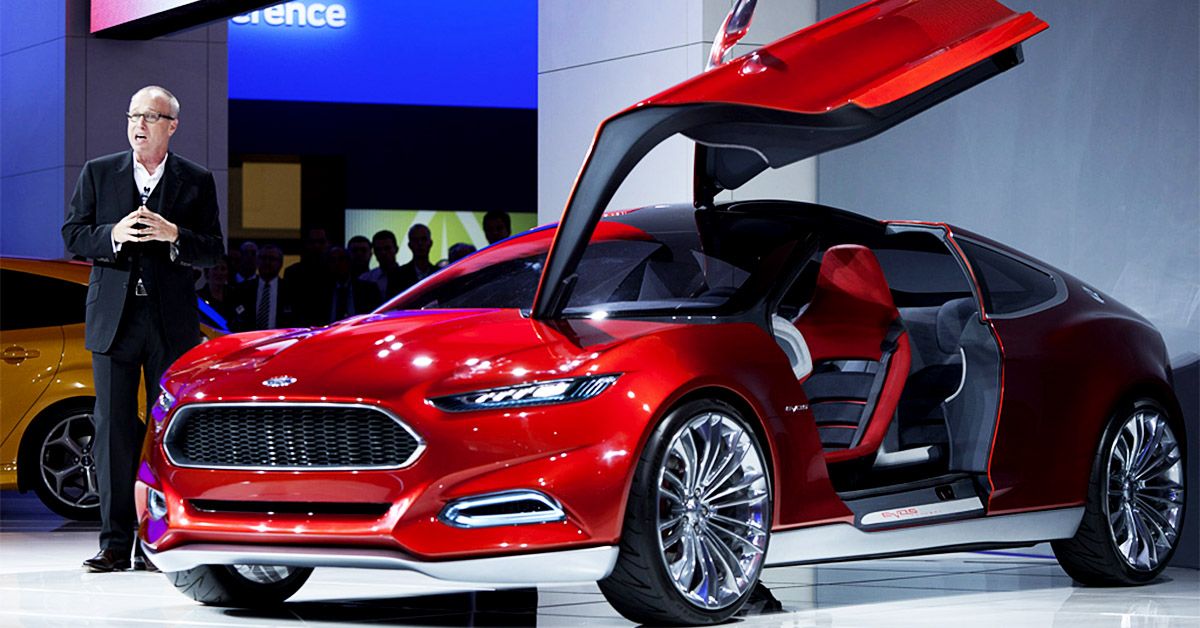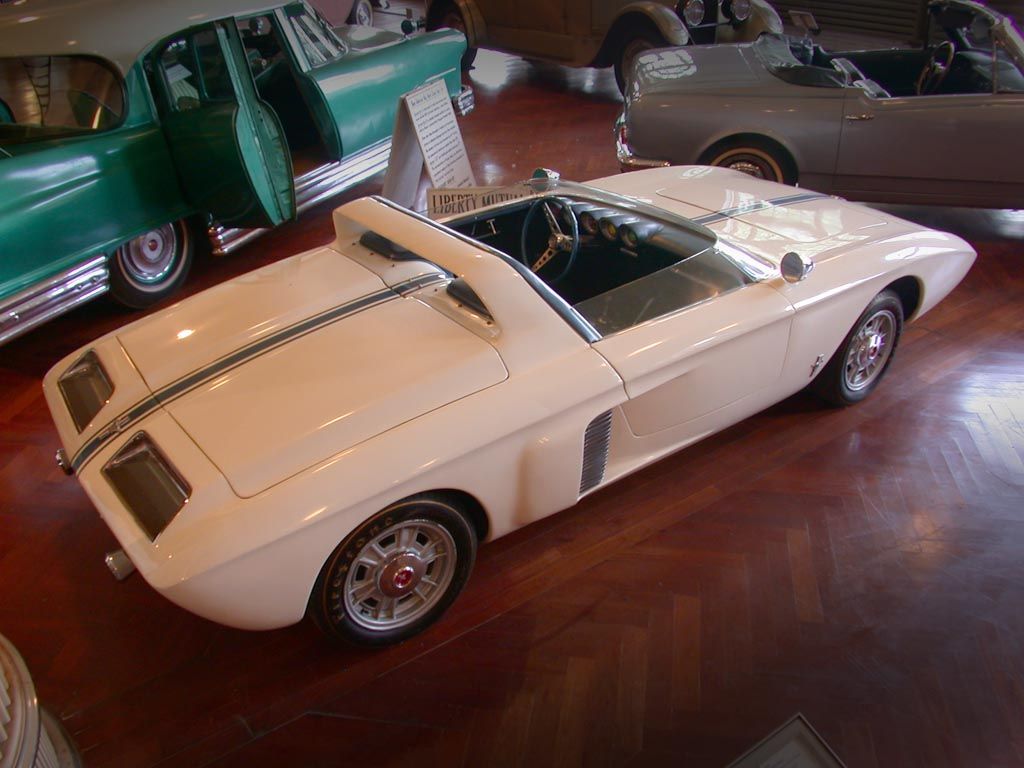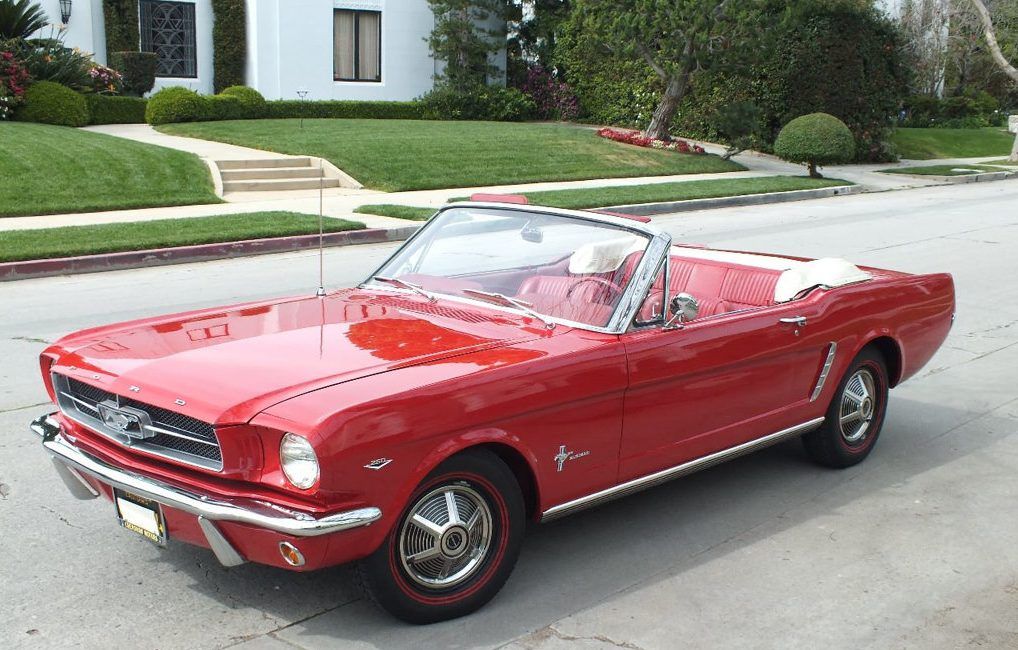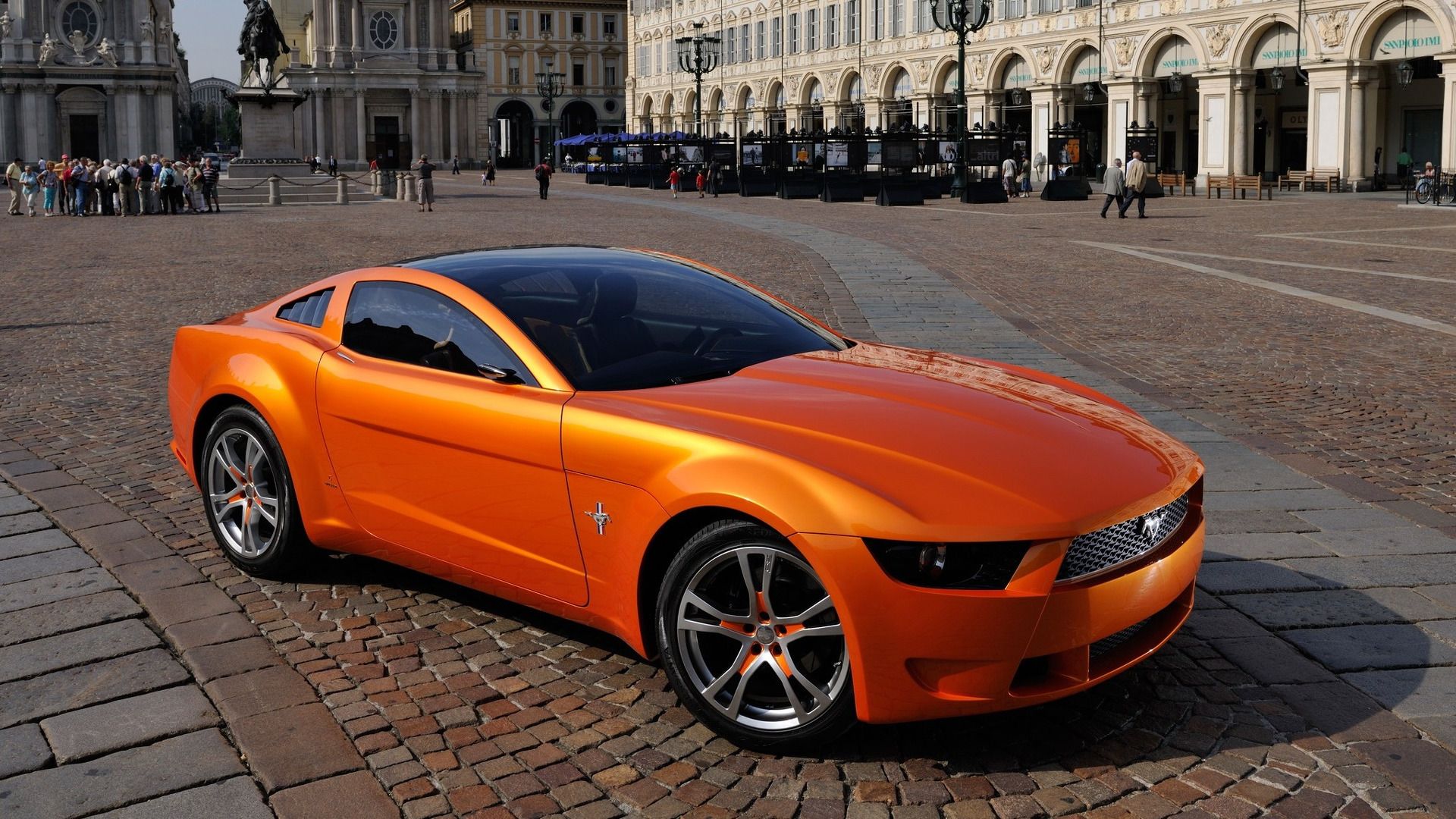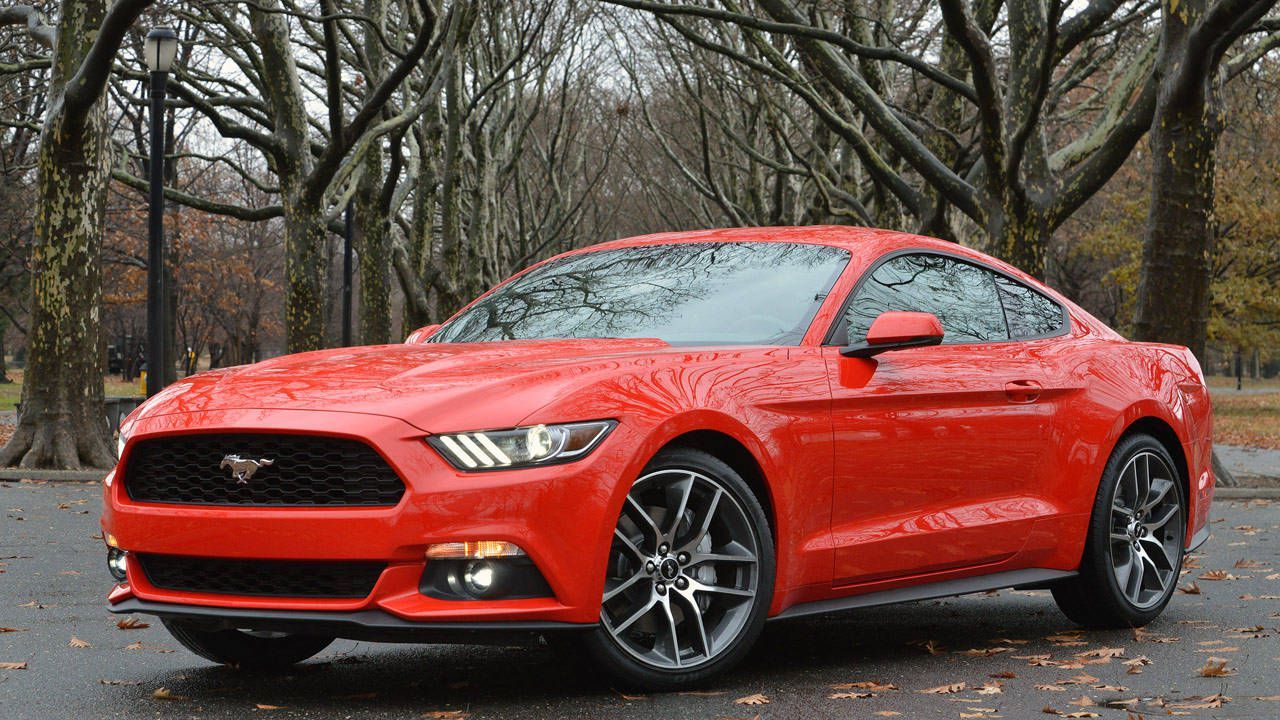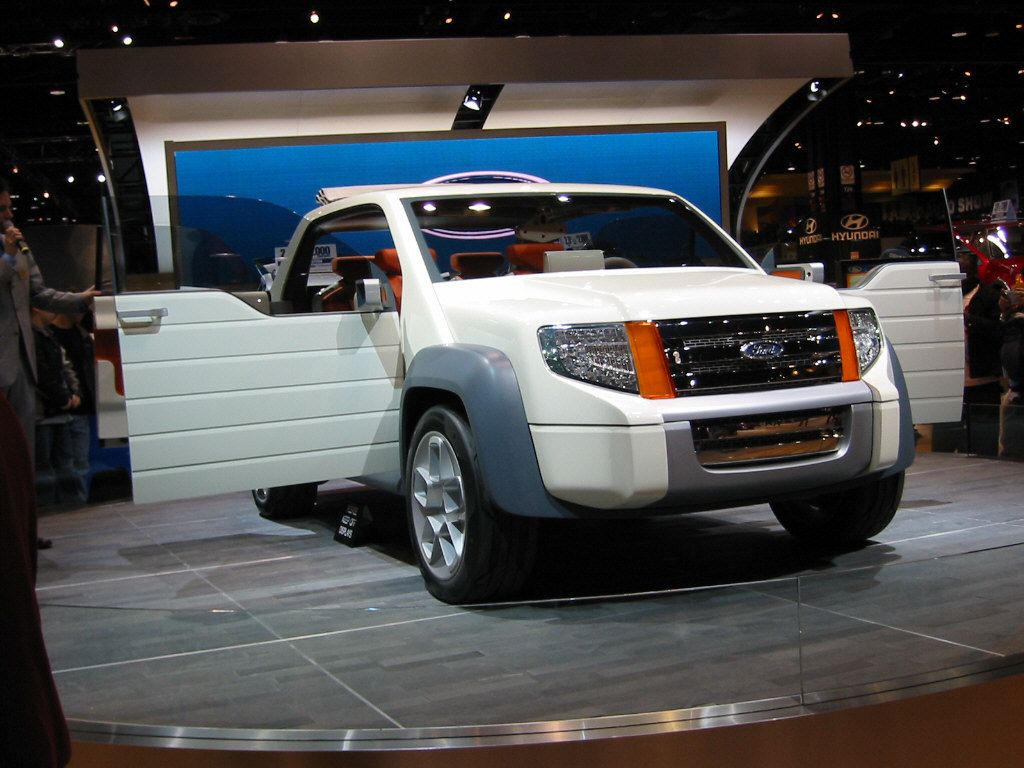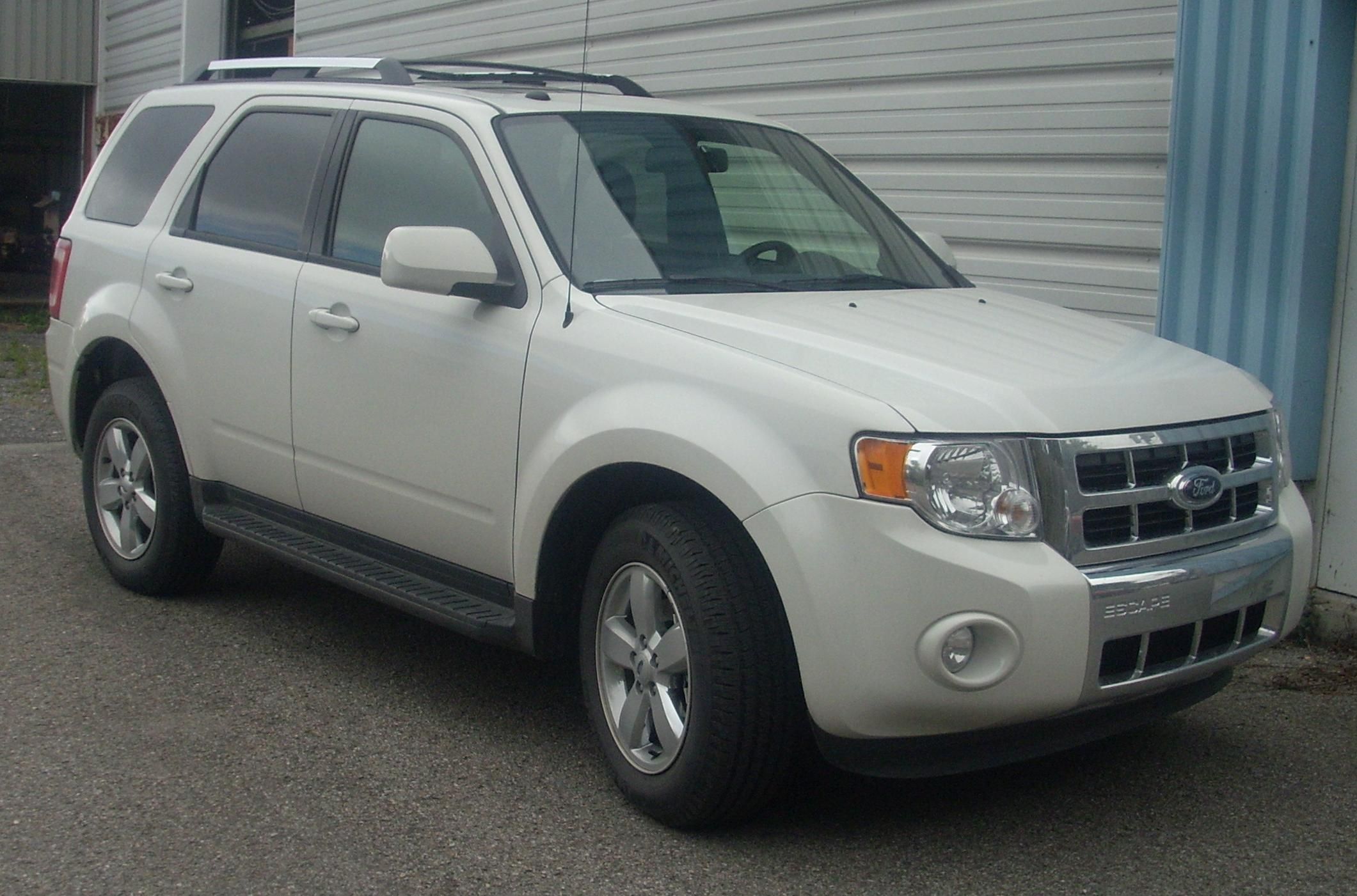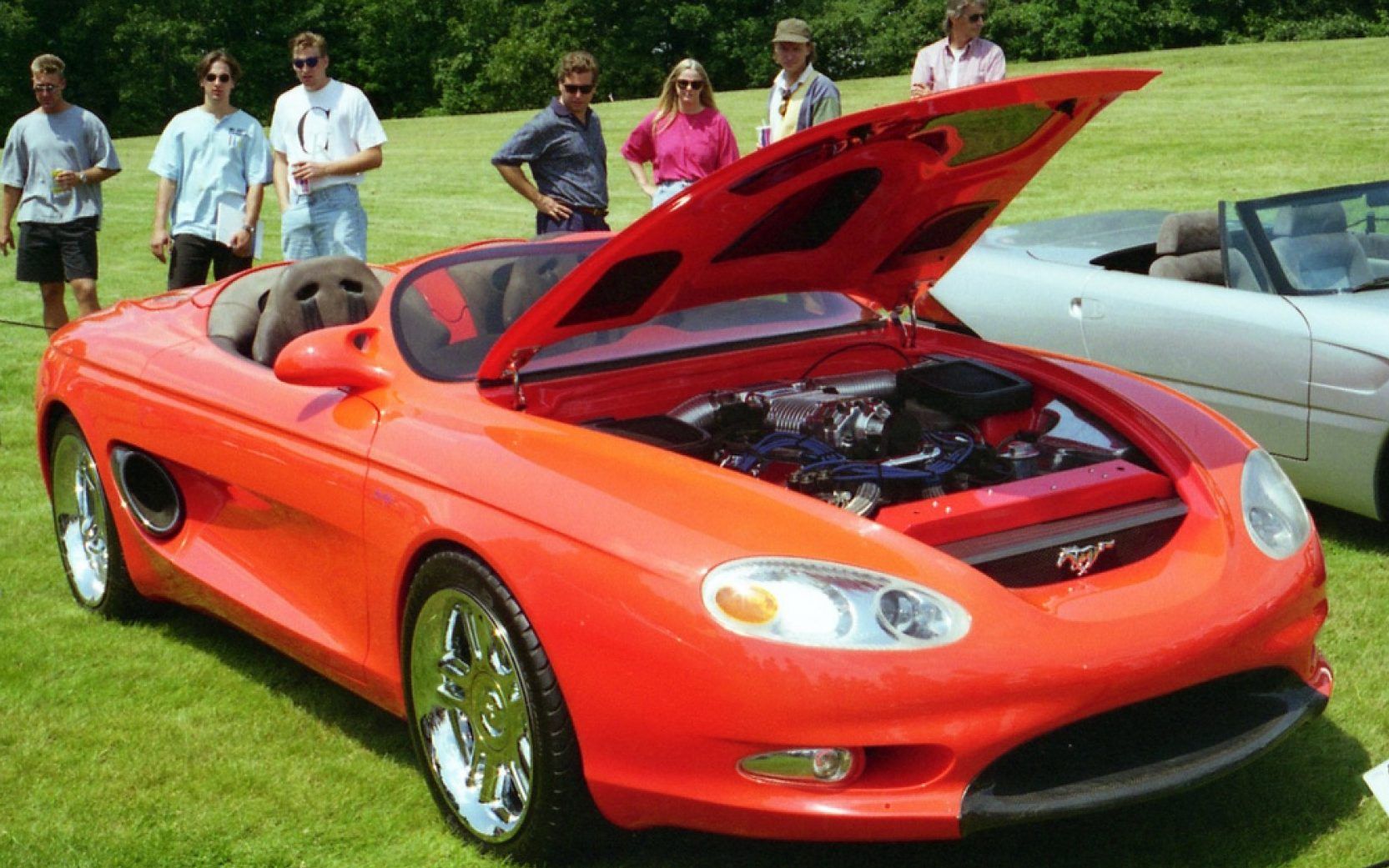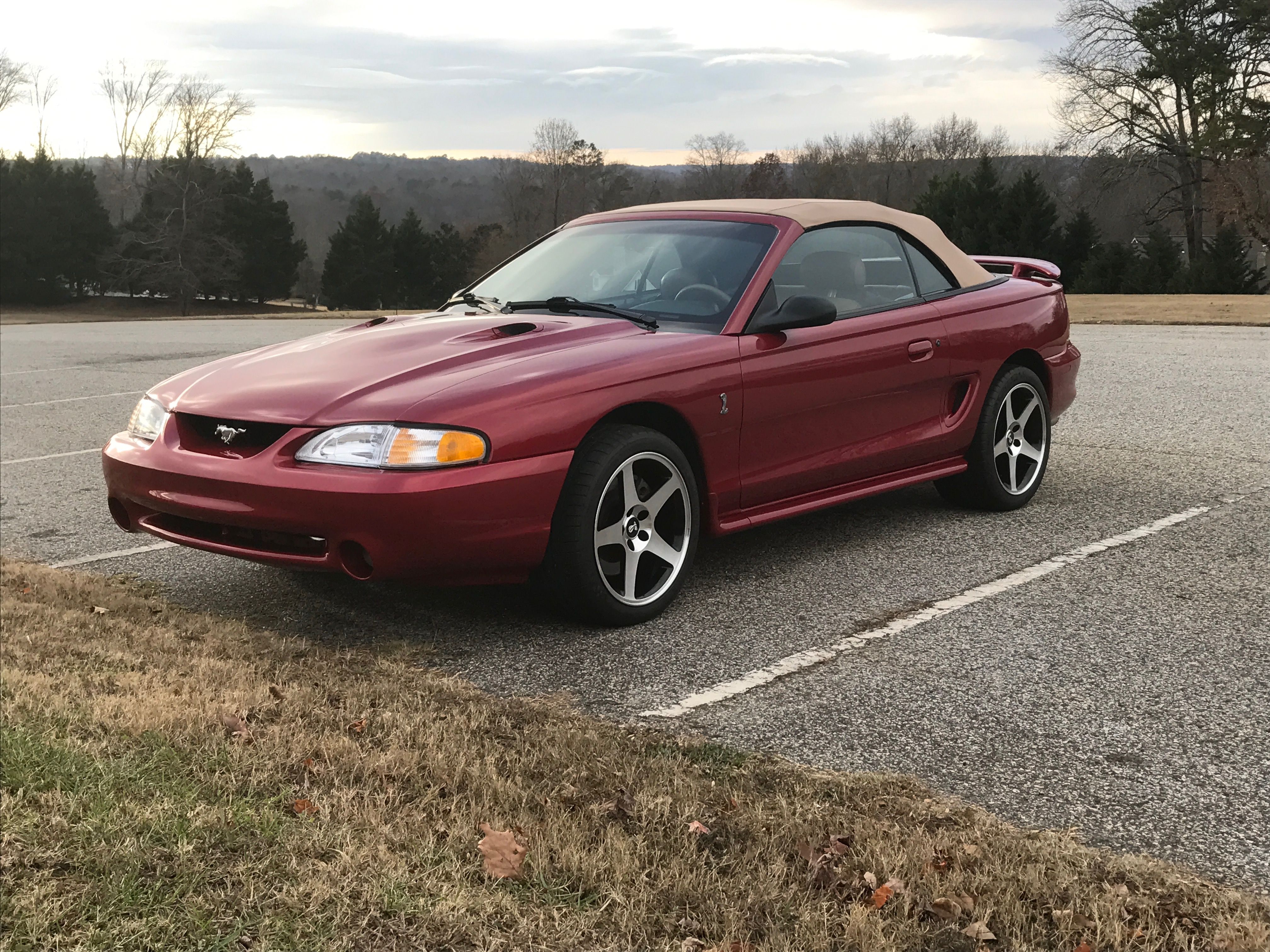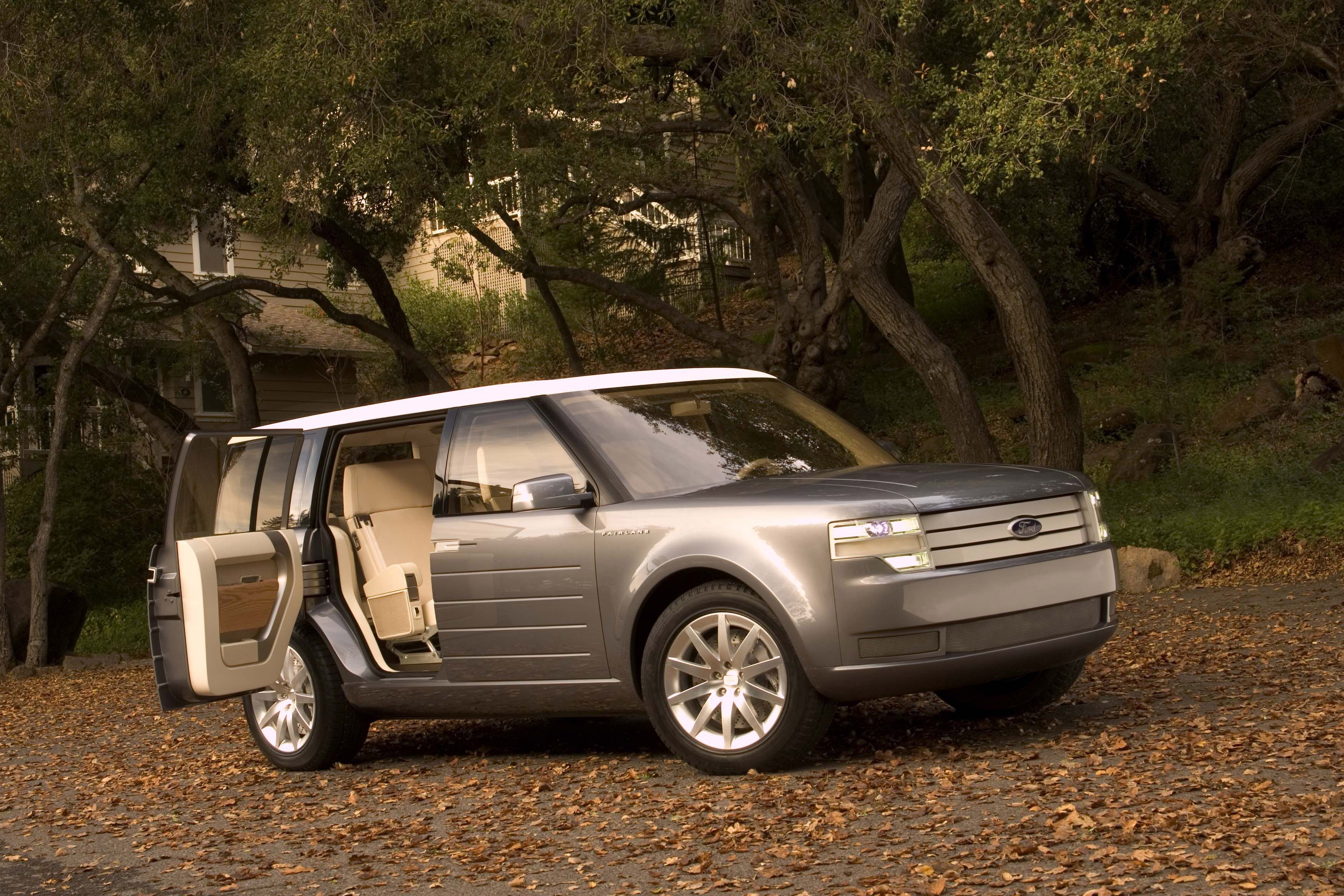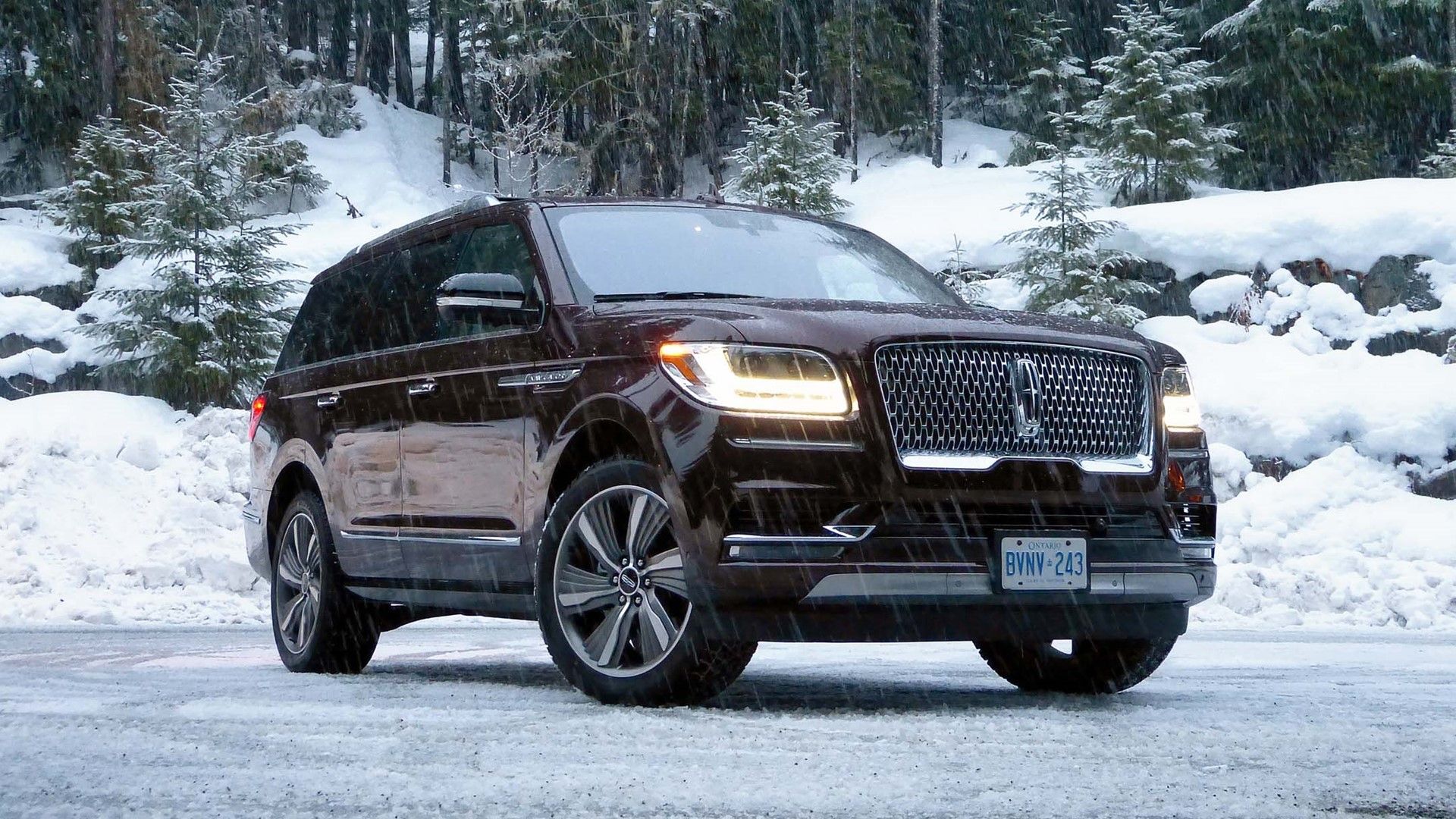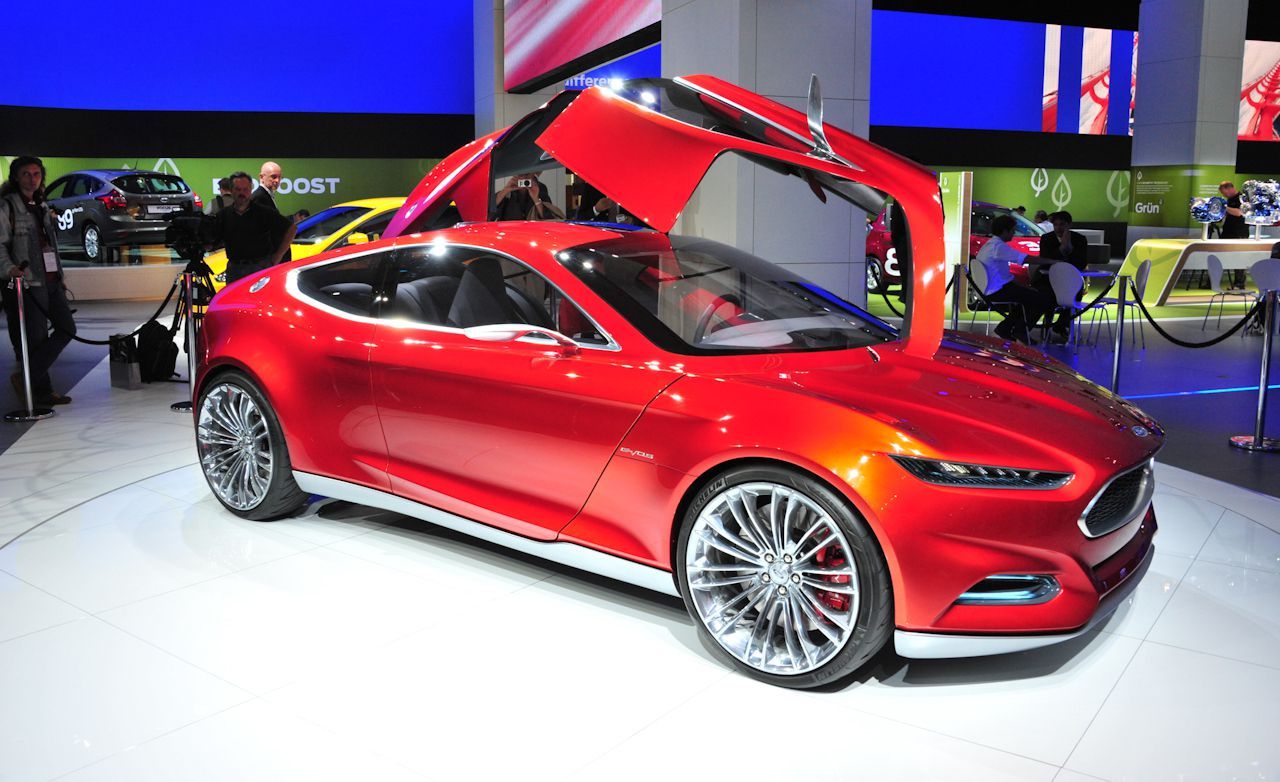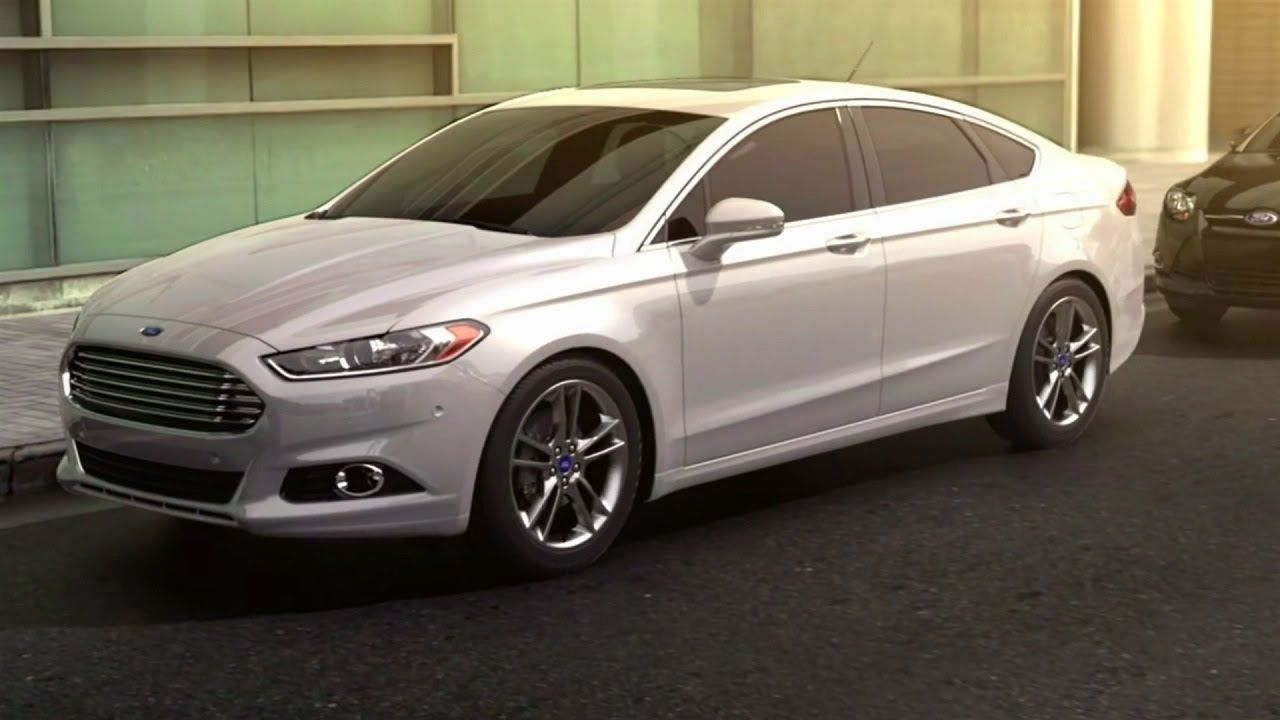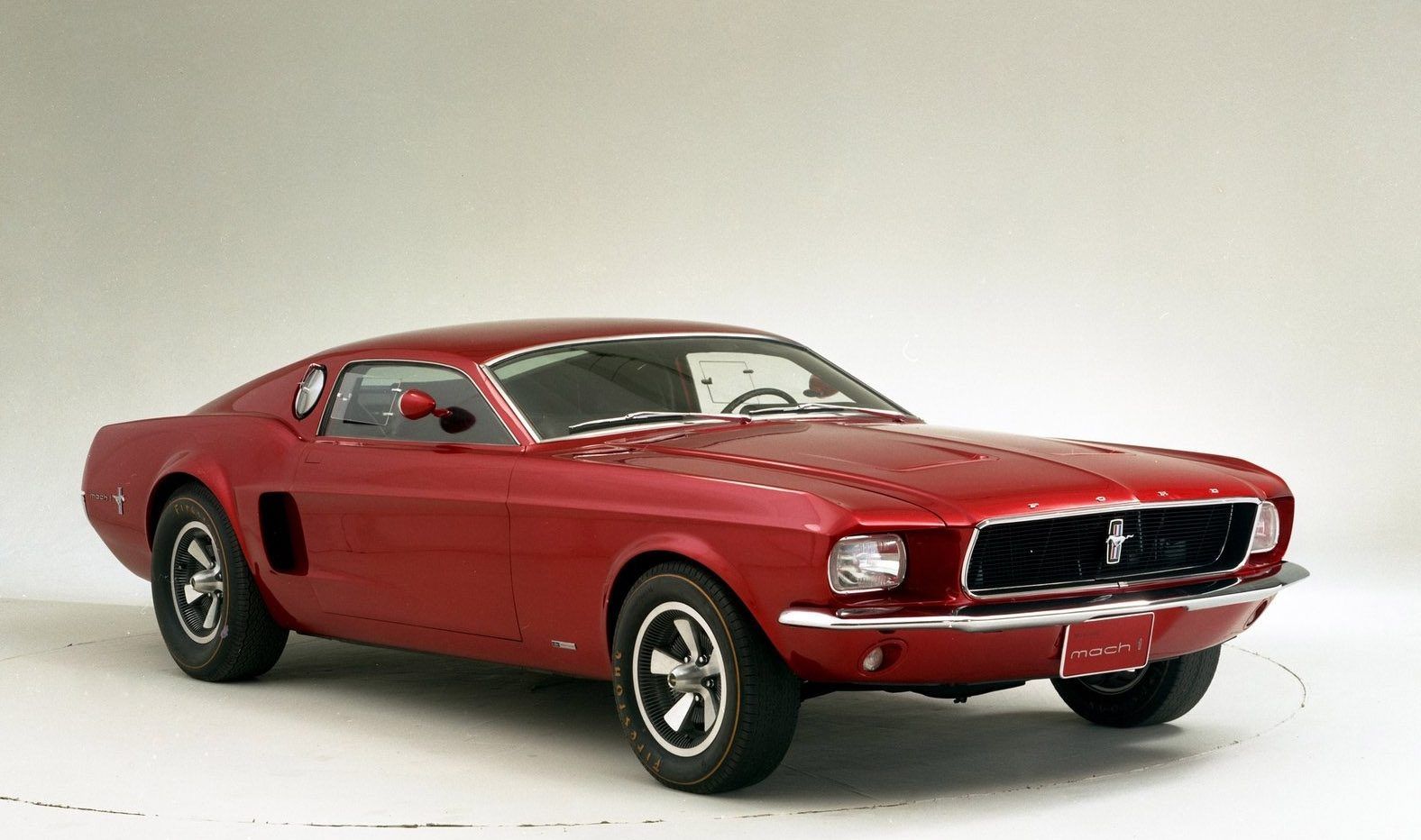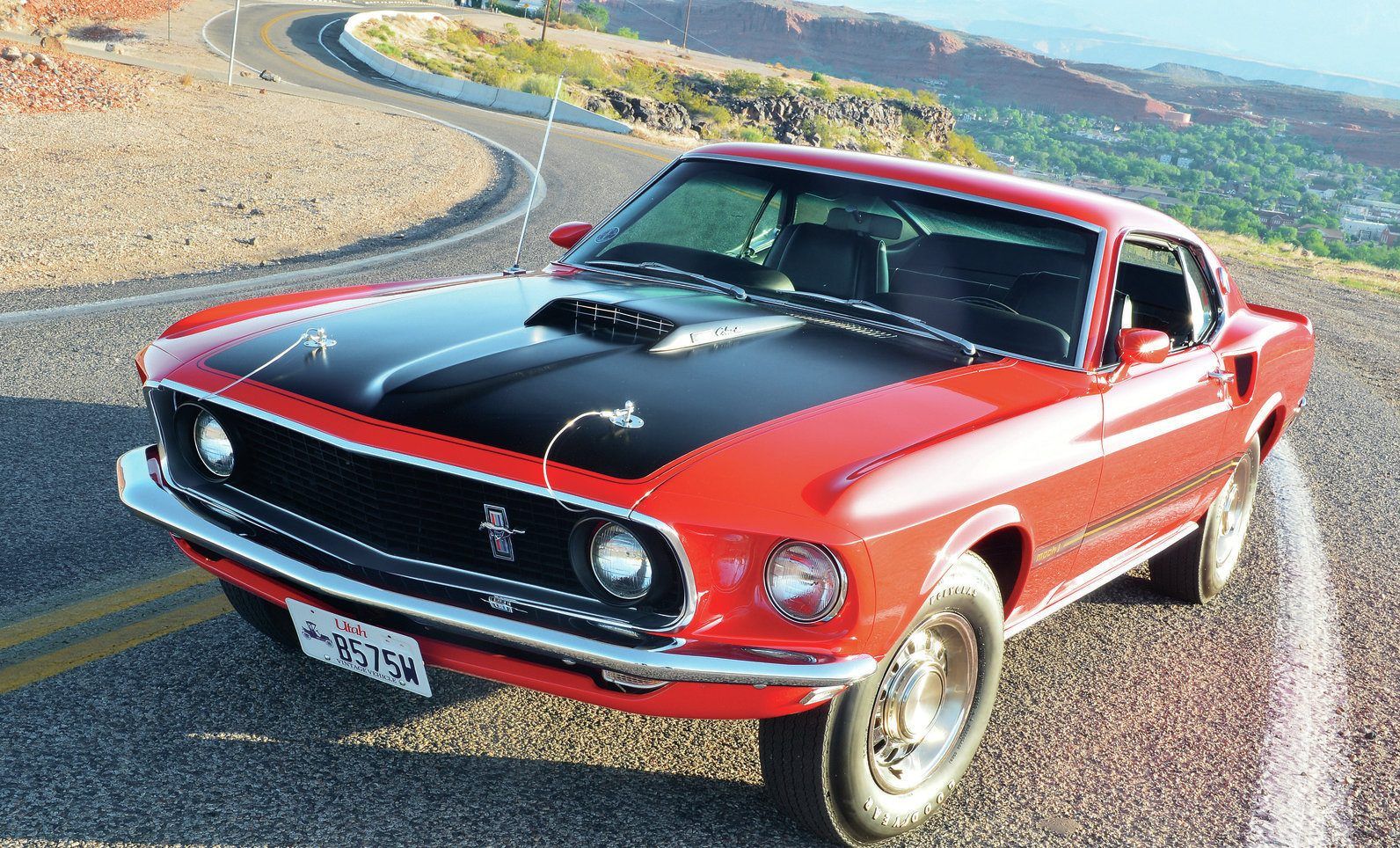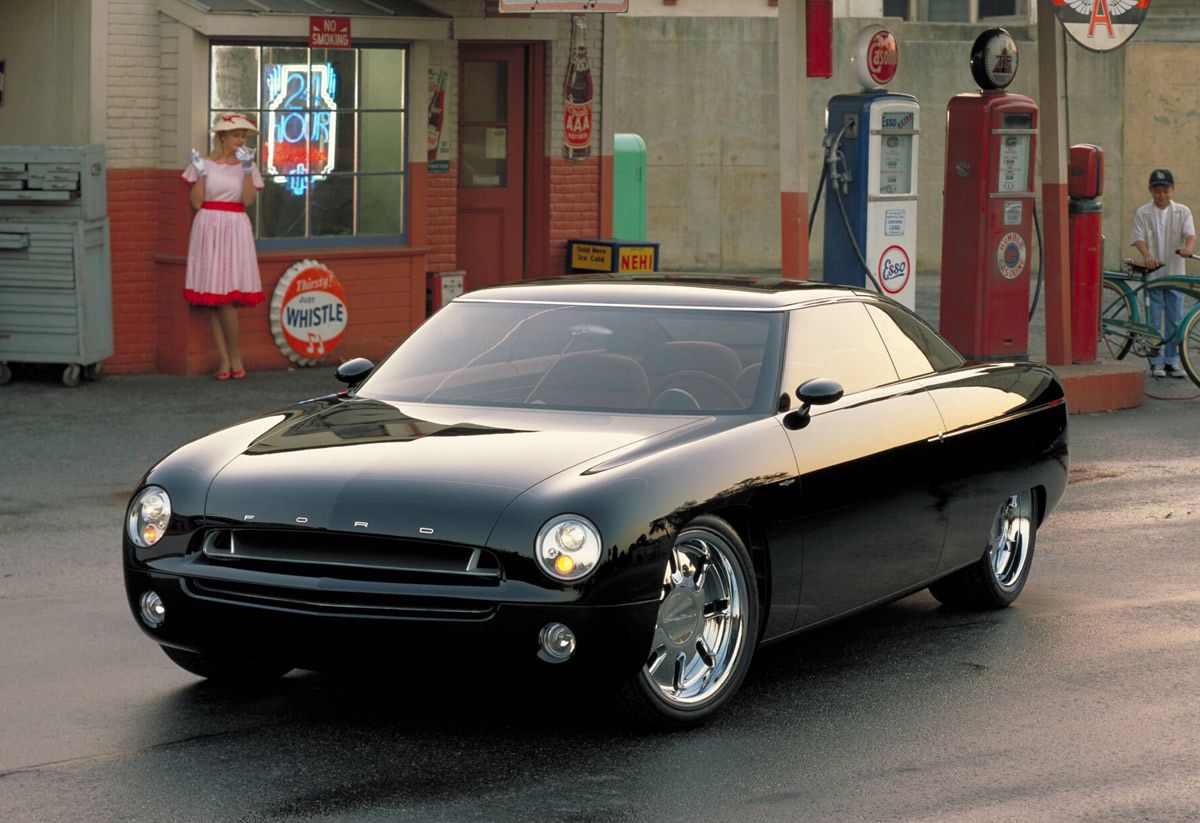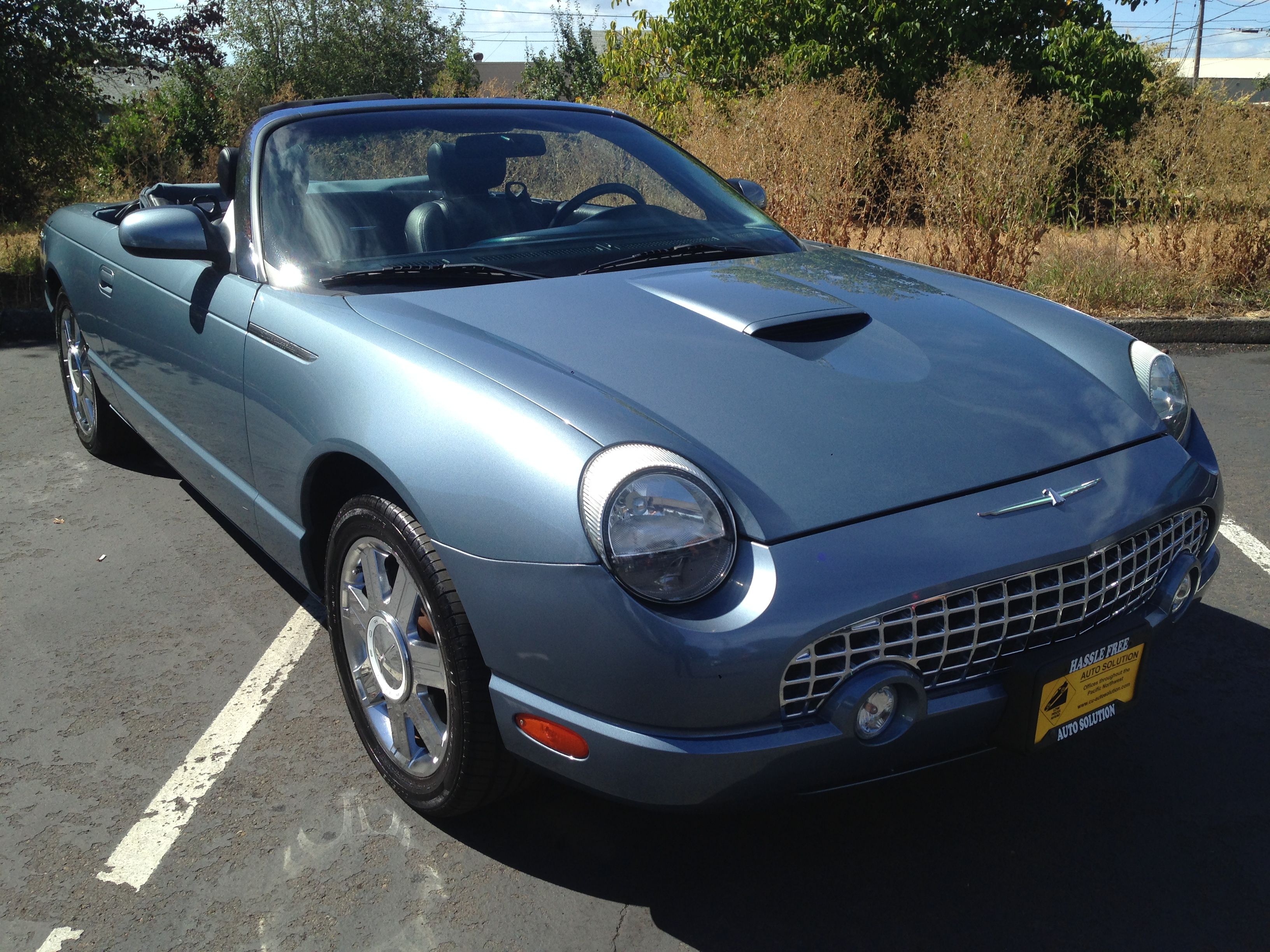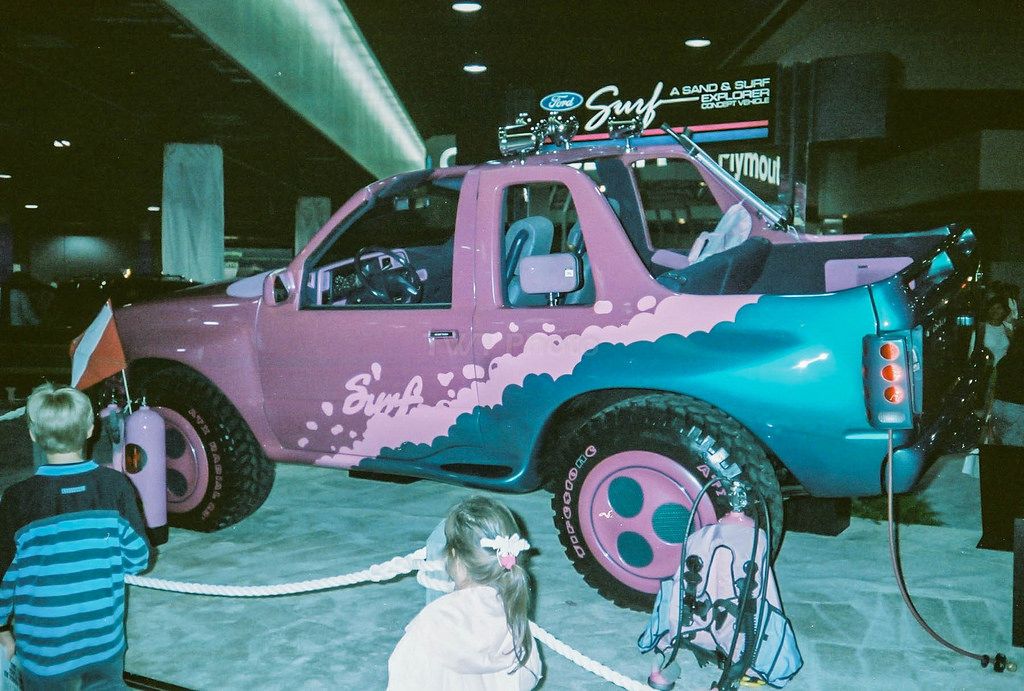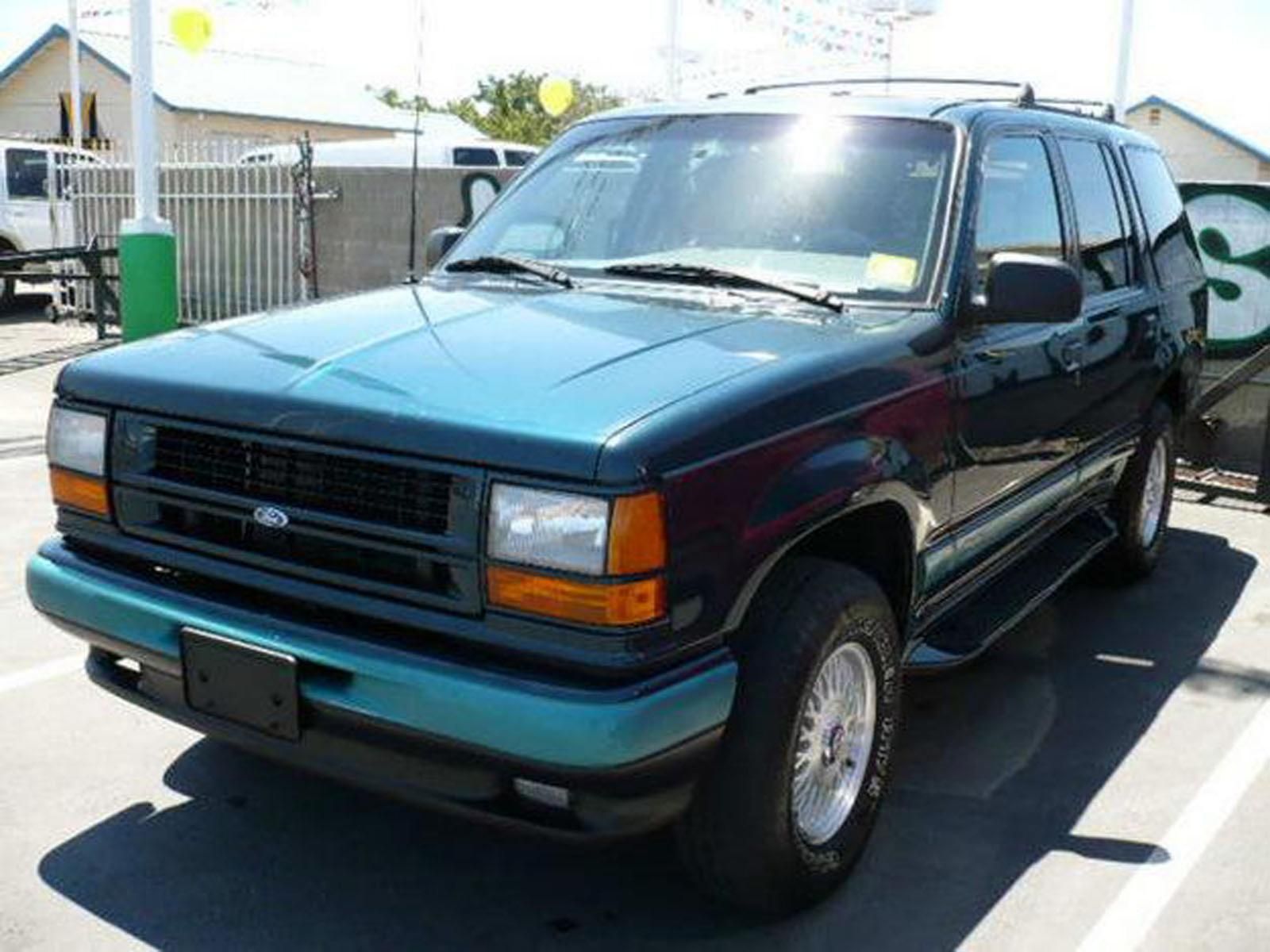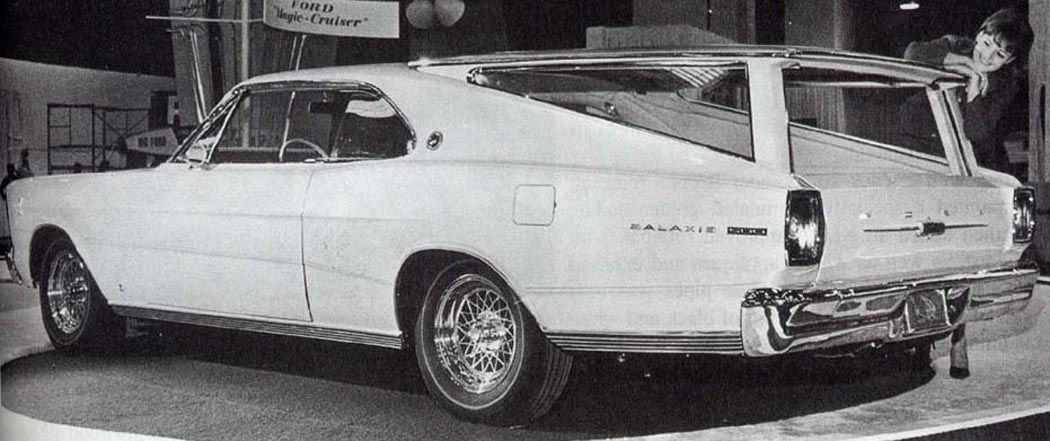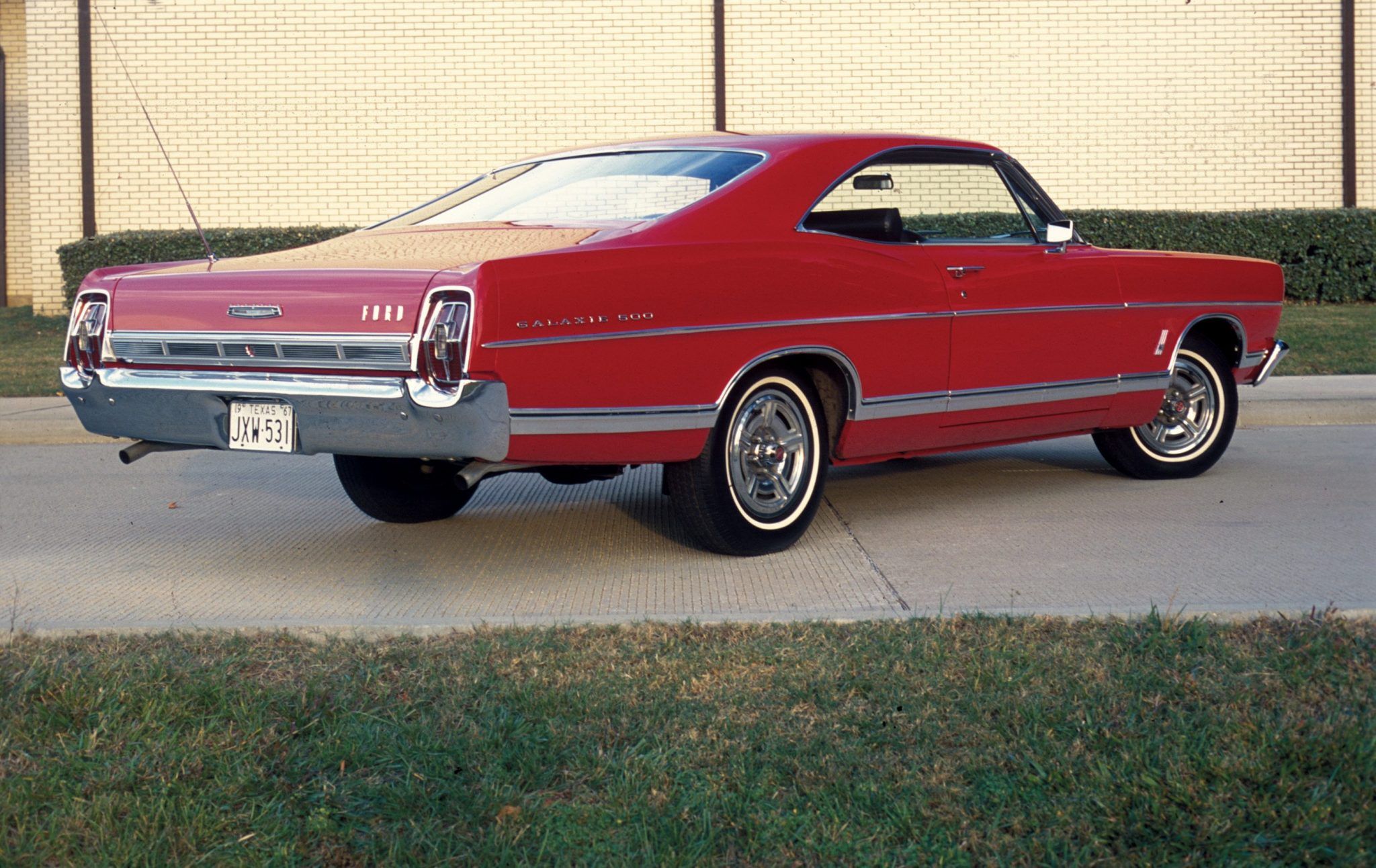Ford is the longest-lived automotive company from the United States that is still in the works today. This country's very first was a company called Duryea Motor Wagon Company, which was established in 1893, whereas Ford came along about a decade later. Unlike Duryea—which only lasted until 1914—Ford has endured the trials of over 110 years of building cars. Of course, during this long lifetime, Ford has built cars that have defined what sort of innovation the future holds. But rarely do the cars actually come out in one form or another without slight deviations from the original vision.
From what very well could be called the first Ford concept, the Quadricycle that Henry made inside his garage towards the end of the 19th century, to the latest Ranger Raptor prototype and GT500 Mustang, some of the concept cars we've seen over the years have made it to our driveways, just not exactly how we envisioned them.
And with certain features like “French doors” and tops that come completely off, it's easy to desire concept cars. The disappointment comes when that car is released but shares nothing but a name or some small details with what was originally presented.
In this list, we don't only concentrate on the various Ford concepts that have come out over the years, but also the production cars that they obviously inspired. We hope you enjoy his list of Ford concept cars that were way better than the production model.
30 1962 Mustang I
Let's start out with what could be claimed as Ford's most successful car. The Mustang we know and love had a very different beginning, though. The design was more sporty and had a place for just two people instead of the whole family. The concept car debuted in 1962. The open-top racecar-inspired concept may not resemble anything that the Mustang actually ever was, but instead inspired Ford's thought for a production sports car, which would inspire the Mustang II concept that was revealed the following year, which resembles the production Mustang much more than the original little two-seater.
29 1964 Mustang
The Mustang was produced just two years after the concept's reveal. The 1964 Mustang has become a classic that's loved by many and lives on today over 50 years later. Though more powerful than the two-seater, there are some who wish to have the opportunity to enjoy the full open-top nature of the Mustang I concept. Though we can't say whether it would have been as nearly as successful as the Mustang currently is, the Mustang I was something the world hasn't seen from Ford, creating lasting interest in the little concept.
28 2006 Mustang Giugiaro
Continuing on with the Mustang theme, this is the 2006 Ford Mustang concept that was designed by famed design firm Italdesign Giugiaro. The design study not only features the front fascia that we're familiar with today, but also a single pane windshield that wraps up onto the top of the car. Some of the tech features included reverse cameras in place of the rear view mirrors and touch-operated doors. Of course, these features haven't made it into the modern Mustang, but we can certainly see where the sixth-generation Mustang gets its looks from.
27 2015 Mustang
Speaking of the Mustang, the current gen Mustang has become quite exciting since its debut in 2013. The overall look is more aggressive and fits in better with today's muscle car era. But we feel something is still missing. Even with the insane GT500 coming out soon, the current generation Mustang is missing certain bits from the concept car that it was inspired by. The first thing is that the newer Mustang's tech isn't quite where the Guigiaro was. After over a decade, the only bits we got from the sleek Giugiaro concept was the looks; if you want a window to look at the sky, get a moonroof.
26 2003 Model U
Shying away from Mustang culture, the Model U (the first time Ford has used letters for a name since the end of the 1930s) was introduced at the 2003 NAIAS in Detroit. The Model U was designed to be sort of like a modern day Model T. The Model T was innovative and affordable and the Model U was set to be the same and, like the Model T, also reconfigurable, allowing the customer to customize their car any way they desire and to allow Ford to issue upgrades and features that would simply plug into the slots provided around the interior of the car. It may be too ahead of its time but it certainly has us wondering.
25 2007 Escape
What came along, however, wasn't anything close to the concepts idea. What we got was a second-gen Escape that merely looks sort of like the neat Model U. The Escape Adventure concept would be revealed at the 2007 Tokyo Motor Show and though it looked sleek, the production Escape still deviated away from that, leaving us another boring everyday driver that doesn't stand out as much of anything compared to the rest of Ford's line-up. Though the features of the Model U are yet to be realized and put into practice—most likely due to the current tech not having caught up enough to do so—at the very least, something like the 2007 Adventure would add some uniqueness into an otherwise average car.
24 1993 Mach III
Just throwing this out there, but the Mach III concept is one of this writer's absolute favorites. The Mach III Mustang debuted in 1993 as a vision for what was to come. The overall look of the car made it onto the production Mustang, with details like the sporty mirrors and low-cut roof being excluded from the final product. The Mustang Mach III is a serious machine, with a power output of 450 horsepower and 440 ft-lb of torque, but it would be a little while before we saw those kinds of numbers come from a Mustang.
23 1994 Mustang
A year after the Mach III's debut, the new-generation Mustang was released with a totally new design mirroring that of the aforementioned concept car. The Mustang didn't come with that sick V8, but instead a 3.8-liter V6 and a 5.0-liter V8. The following year would debut the 5.8-liter Cobra R Mustang, which is a lot closer to what the concept featured. It wouldn't be until 2003 that the Mustang Cobra R came complete with the supercharged V8 and in essence, be as close to the Mach III as you could get without chopping the roof up to make it wave like the Mach III's did.
22 2005 Fairlane
This isn't what we picture when someone mentions Fairlane and we're awfully glad that Ford at least changed the name. However, the Fairlane concept is a little cooler than what we ended up getting. Showing off at the 2005 Detroit Auto Show, the Fairlane doesn't look much different from the Flex that was produced. The changes come in the details as the Fairlane came with rear-hinged doors which Ford calls “French doors” mounted for ease of access to the passengers, and an awfully innovative three-hinged rear tailgate that not only opened downward but to either side, as well. The Fairlane also came with a refrigerator and a cutting board installed in the rear.
21 2008 Flex
The Ford Flex remains unchanged in terms of the way it looks like the Fairlane concept, complete with the distinctive lines running down the side of it. It's the doors that have changed from the concept to production and that lowers the cool factor a bit because the Flex has the standard conventional hinges to the front. The tailgate has also been changed to the average setup, swinging upward. The Flex is only recognized for its retro-like styling and not much else, leaving another forgettable chapter in Ford's history.
20 2011 Evos
Displayed at the 2011 Frankfurt Motor Show by Ford Europe, the Evos featured a design called “Kinetic 2.0” and also displayed its unusual door design, which consisted of four gull-wing doors, the fronts lifted high above the windshield and the rears including some of the rear quarter panels as well. Though clearly not made for production, the door design is out of this world and added a lot of excitement to an already very sleek design. A design that would shape how Ford sedans would look for years to come.
19 2015 Fusion
The second-generation Fusion would employ the “Kinetic 2.0” look that the Evos had first debuted just a couple of years before, although gone are the outrageously hinged doors, replaced by conventional doors. The Fusion would not be the only model to benefit from the design study, as the Taurus looks much the same, albeit a little longer. The Evos would be the inspiration for some of the final cars to come from Ford here in the US and we can only anticipate what is to come from the big auto brand.
18 1966 Mach 1
The original Mach 1 concept was way more radical and complex than the high-performance production version that ended up coming out in 1969. The concept drawings had ideas of an active aerodynamic system that would lift the trunk up, generating more downforce. This, of course, didn't stick when the design was transferred over to blueprint but the same look remained. What would eventually hit the streets was a sleek two-seater with a chopped-down hatchback top that we wouldn't really see the likes of until the mid-70s.
17 1969 Mustang Mach 1
While the Mach 1 concept was set to be one of the coolest Mustangs to be released, the production Mach 1 we got isn't all bad. Released as a top-of-the-range production model in 1969, this Mustang came with a 351 Windsor V8 standard but could be had with the legendary 428 that put down 335 horsepower and 440 lb-ft of torque. Ford would continue producing the Mach 1 until the late-70s, though nothing is quite like the original.
16 2001 Forty-Nine
In 2001, the Ford Forty-Nine concept was introduced to the participants of the 2001 NAIAS. The Forty-Nine pays tribute to the 1949 Ford Coupe and that could be seen from the design cues throughout the car. During a time when retro-styled cars were at their peak, this concept was certainly not out of place. The design and idea of the Forty-Nine helped spawn the final generation of the Thunderbird that was built to look like the 1955 Thunderbird, as well as to commemorate the model's 50th anniversary.
15 2002 Thunderbird
As I mentioned, the Thunderbird's shape was taken from the Forty-Nine—as well as it's motor, which was a 3.9-liter V8 (more on that later). The final generation of the Thunderbird came out in 2002 and lasted only until 2005. The car was only offered as a convertible with either a hardtop or soft top. Well received by press shortly after its release, the Thunderbird quickly fell out of favor and now only exists as the last of a long line of personal luxury cars that have been everything from street cruisers to muscle cars rivaling the performance and legendary status of the Mustang.
14 1990 Explorer Surf
If only the Explorer came out looking like this! The early-90s may not have seen a whole lot of success for Ford but for some reason, they went through a little beach phase, not only with this Surf concept but also the Splash trim for the Ranger. Viewed at the 1990 Auto Show in Detroit, the Ford Surf was a more radical take on the freshly released Explorer. Though the sporty two-door Explorer was made, we all kind of wish Ford went on to create the Surf with at least some removed pieces on the two-door model.
13 1990 Explorer
So the Ford Explorer we got wasn't inherently bad and it was one of the best-selling SUVs of all time. The Explorer came out in 1990 and was a critical success besides a huge scandal that came later on (not necessarily having to do with the Explorer but rather the tires it rode on). Since then, it has become a staple of the suburbs in the United States. With the two-door phased out before the third generation, it appeared that the public would never get a true open-top Explorer.
12 1966 Magic Cruiser
Ford had a heck of an idea in the mid-60s and with the help from “King of Kustoms” George Barris, they created the Magic Cruiser, a fastback design that, with a hydraulic powered lifting rear section, transformed into a two-door station wagon. Fold down seats ensured plenty of space when the hatch was down but easily folded up for easy access. The idea of having a car that changes isn't an old one but to see it used in production has only now surfaced thanks to active aerodynamics. The Magic Cruiser is one such idea that, while it makes sense why it wasn't built due to safety concerns, we all still wish that it had been.
11 1966 Galaxie
The Ford Galaxie served as the family cruiser of the Ford Lineup and though the concept displayed the link between the coupe and a wagon, the Galaxie could be had in both. Though the namesake has been gone for years, the Galaxie serves as one of the early muscle cars and it could be had with the big 427ci big block for NASCAR homologation reasons. The Galaxie is an old-school, full-sized land-barge that was both powerful and useful back in its day.

